Knife Disarm
The 4 Steps to Save Your Life
By Paul "Batman" O'Brien
B.A., N.C.E.H.S., Dip. Acu., Cert Clin. IMed., Dip. Adv. OBB, Dip. CHM, Pn1, PN-SSR, PN-NCA, M.AFPA., M.C.Th.A.
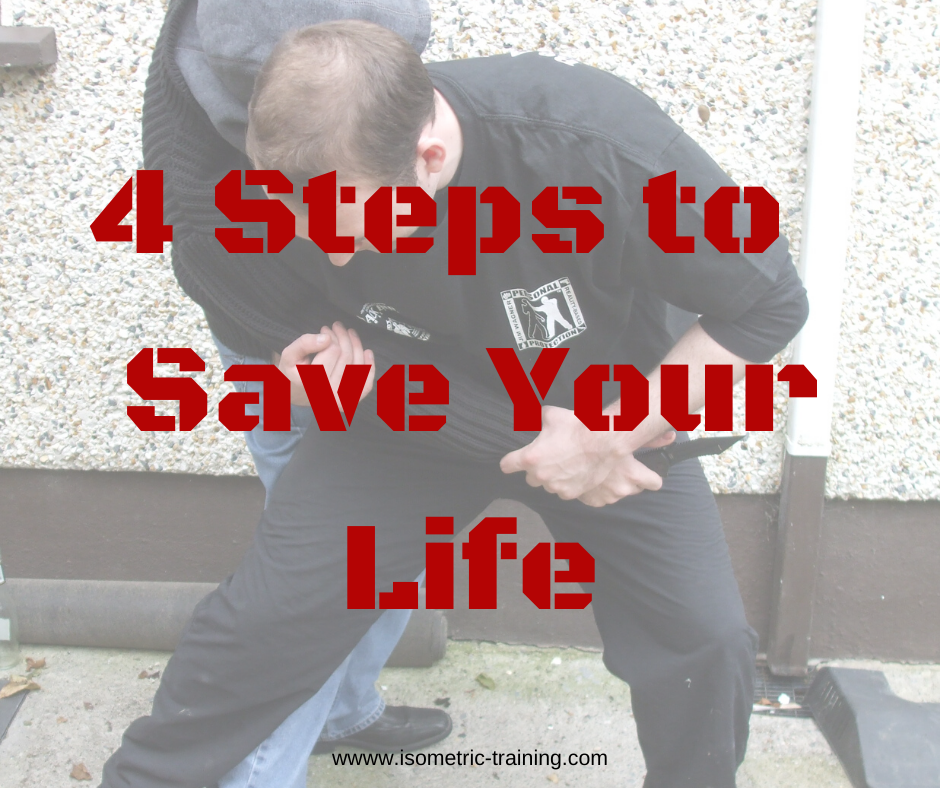
“We do have a very specific problem today and a problem we should be seriously worried about”.
- Prof Doug Sharp, criminologist speaking to the BBC on Knife Violence.
In this knife disarm article I am going to show you step by step the same technique that my fellow Reality Based Personal Protection instructor, Peter Lee, introduced to the British Police Force. The Devon and Cornwall Constabulary adopted the Jim Wagner Knife Survival principle into the force syllabus, following instruction from Pete on Friday 25th January 2008.
The feedback from the Police Instructors was so positive that an immediate decision to adopt the method was made by the head of Operations Training. Comments made by Police Officers included:
"This isn't pretending that a knife encounter can be dealt with no injuries. It is real but reduces the injury rate to the officer"
"It's really simple and can be picked up in no time"
"Opens officers eyes to the realities of a knife attack"
The Martial Arts Mentality – The Quick Way to Get Killed?
Many people train for knife assaults in a; present/block/parry/counter fashion. By this I mean the opponent or uke, thrusts the knife forward in a beautiful squared display of form. It’s very pretty. Then the defender blocks the knife and applies a wrist lock…and everyone’s happy and they pat themselves on the back and then hand the knife to the other guy to repeat the process. That’s a fairly typical martial arts training routine. It’s also ridiculous.
Allow me to tell you of one time I trained in traditional dojo, that shall remain unnamed, where such a pattern evolved. I was asked to step on the mat with the instructor, who was going to demonstrate a wrist lock defence to a knife attack.
This instructor is a good martial artist and a great teacher – but not of realistic violent confrontation. He took a stance and asked me to stab him with a training knife. I obliged and whipped the knife forward into his stomach and then got ready to do it again….and there’s the problem. I gave him no opportunity to apply the wrist lock. I was in and out in less than a second – and that’s not fast. I guarantee anyone reading this article can snap their arm forward and back just as quickly. Of course, …I was instantly rebuked, “No you have to leave your arm out”. At which point I decided I was leaving that particular dojo.
This isn't far off to be honest...
Don’t attack someone like a martial artist – no one but martial artists do that. Attack you’re partner with ferocity and intent. Pump the training knife in and out as fast as you can (the technical term is called stitching – think of a sewing machine and the rapid fast stitching motion), vary the target – do it like you mean it, not like you’re training. Thousands of criminals do this miraculous feat every day, and few have ever trained the movement in a dojo. Just attack.
Why Lipstick and Rubber can Keep You Alive

I also recommend 2 types of training knife for this – the best of which is a No-Lie blade. Essentially this is a hard plastic knife with a felt edge. The felt edge is smeared with red lipstick – and hey presto you now have a blade that leaves marks all over the place anytime you get swiped. Trust me, ask an untrained friend to stab you as many times as they can anywhere they like with this for 10 seconds. Try blocking the way you get taught in a martial arts school. Or just try any way you think will work. Then, after the 10 seconds are up, spend the next 2 minutes counting all the “cut” marks on your body.
For an example, take a look at the picture left, this student was an experienced martial artist with over 10 years in Shotokan Karate. That’s not to say Shotokan is a poor art, it’s fantastic and I’ve trained in it for years, but it doesn’t teach you to deal with a knife wielding maniac intent of cutting and stabbing you with speed, fury and intent.
Unlike many martial arts instructors, or self defence instructors for that matter, this is the reality of the situation. Fighting is hard. It is difficult. Fighting against a knife is even harder. I don’t recommend it. I prefer to stay out of fights, back down, and just avoid them if I can, precisely for that reason.
The second knife I recommend is a hard plastic training blade, not the soft rubber ones. Why? Hard plastic hurts, it give you accurate sensory feedback. You won’t notice a soft rubber knife. I’d also recommend coating it in fake or stage blood, the kind you get in a joke shop. Cover both participants’ hands in it, make them slippy. This is done for two reasons, the first and most important - it conditions you to fight regardless of if you are bleeding or not – all too often people let themselves die, the get cut or stabbed and then just give up. You can continue to fight with a stab wound, cut, bullet wound and more. So keep fighting. Then run like hell.
The second reason is it is impossible to grab someone and apply a wrist lock, arm bar etc when they are covered in slick oily blood. Again, feel free to test this, try it. If you come from a grappling art this will be particularly interesting. Even if you apply a hold, the guy holding the knife will slip out of it and continue to stitch you. I’ve seen it happen dozens of time in class. It generally precedes the moment where traditionally trained grapplers realise that their move set has not adequately prepared them for this situation. But that’s okay, it’s not meant to.
6 Points of a Knife
There are many more aspects of knife defence training that I could discuss in detail, such as the psychological impact of wielding or defending against a knife, the concept of distance, avoidance, the anecdotes of experts, why disarms will get you killed, false confidence conditioning (such as found in many martial arts today), and more, that is why I teach an full day course on the subject – the equivalent of 8 to 10 weeks traditional martial arts training, but we don’t have the time, or space for that here. Suffice it to say the following –
- Everyone is a knife expert. From 8-90. We all use knives daily, if you can cut your food, you can cut a human being.
- Normal social adjusted people don’t like the idea of stabbing someone. This is good for society, bad for self defence. You must learn to overcome that instinct. If you’re uncomfortable with that good, it means you’re a normal healthy person.
- Never stop. When I train students I teach them to continue fighting regardless of if they have been “cut” or not. A fatal injury, may not be fatal. Giving up ensures it will be. Don’t stop until the technique has been correctly applied and you’ve escaped. There is no referee or stopping once you’ve scored a point. It’s bad for muscle memory.
- Distance is your friend. In an extremely close combat environment, such as one where a knife would be deployed you have by and large a 5 second window. Most fatal injuries occur within these first few seconds. If you waste time trying to disarm someone you increase your chances of being seriously injured. You’re first reaction is the most important make sure you use it to get distance.
- Don’t get cocky with complicated unrealistic training. What is complicated and unrealistic? In my opinion, ANYTHING that involves fine motor skills and takes more than three movements is too complicated, and if you don’t practice it full speed, full power, it’s not realistic.
- Don’t be comfortable – Strange as it sounds you should feel awkward trying to disarm someone attacking you with full speed and full power. It’s not easy. It won’t look stylish and will probably be a bad clip for YouTube, but it will be effective and keep you safe.
With those 6 points in mind, let’s look at what you can do to drastically diminish the chances of being fatally injured in the unlikely event of a knife fight….
The Jim Wagner Knife Disarm Rule
The entire sequence of this technique, devised and developed by Jim Wagner during an instruction course for the Canadian Military in Vancouver, and further refined when training the San Francisco Bay Area Police, can be summed up in 4 simple sections - ‘Grab. Close. Takedown. Escape’.
1. Grab
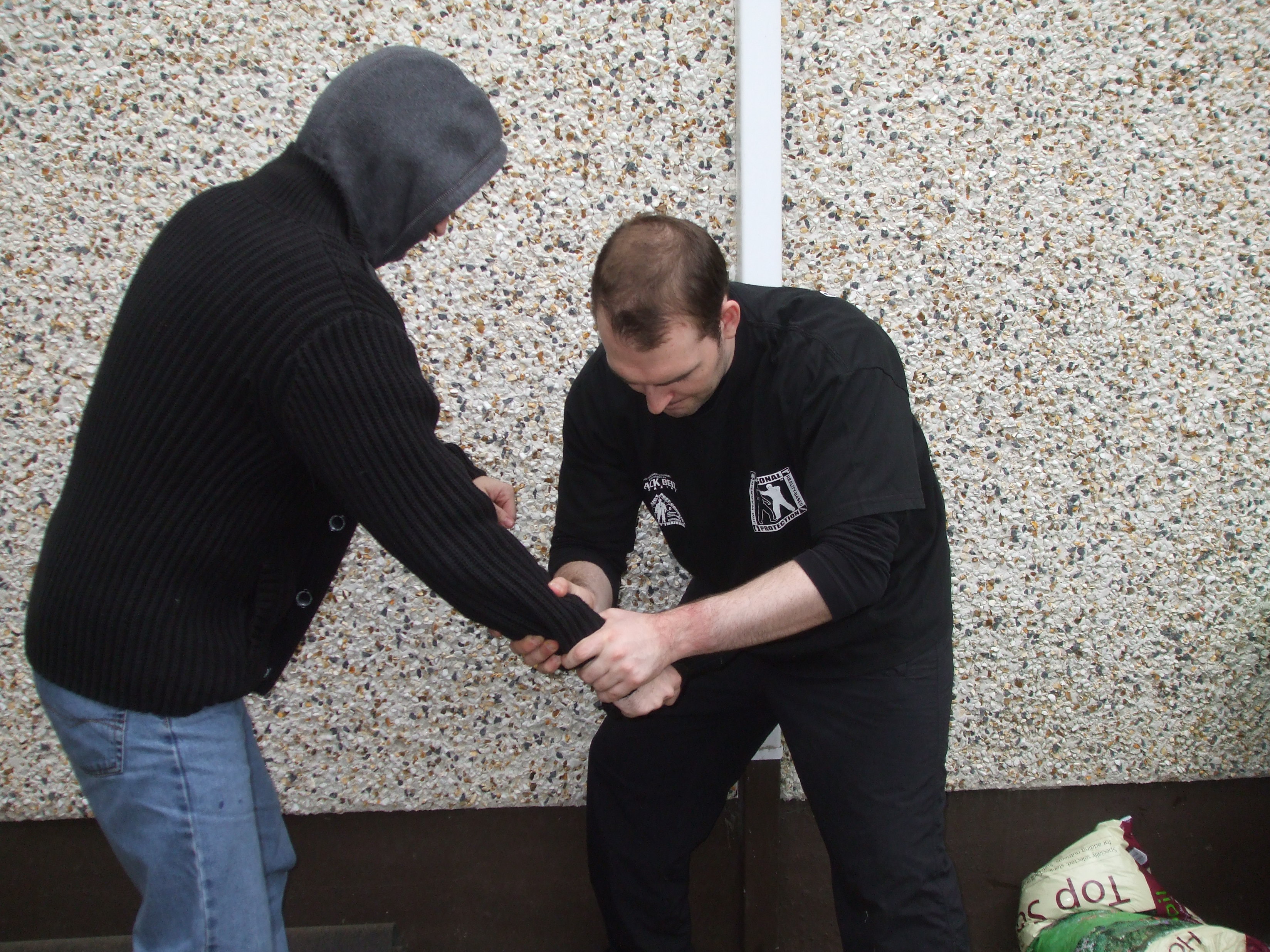
When someone comes at you with a knife, the natural reaction is to put your hands up. Don’t fight it it’s a good idea. While they are up though, grab the arm that’s coming at you with the knife. I don’t really care how you do it, just grab the arm with both hands. If you don’t get it the first time, grab it a second, third, fourth – you may be cut, slashed or even stabbed, it doesn’t matter. If you’re using this technique, you’re cornered and can’t escape, it is VITAL you secure the knife arm.
Don’t try to correct your grip or change it, just get the arm and hold on as hard as you can like you are chocking their neck. Using fake blood as mentioned above really adds to this and makes it even more realistic.
Making both your hands and their arm slippy. Build up slowly and work up to a full speed full power attack. Don’t get hung up on details, you won’t have a chance to get perfect hand placement in real life. Just get the arm, as tight as you can and...
2. Close
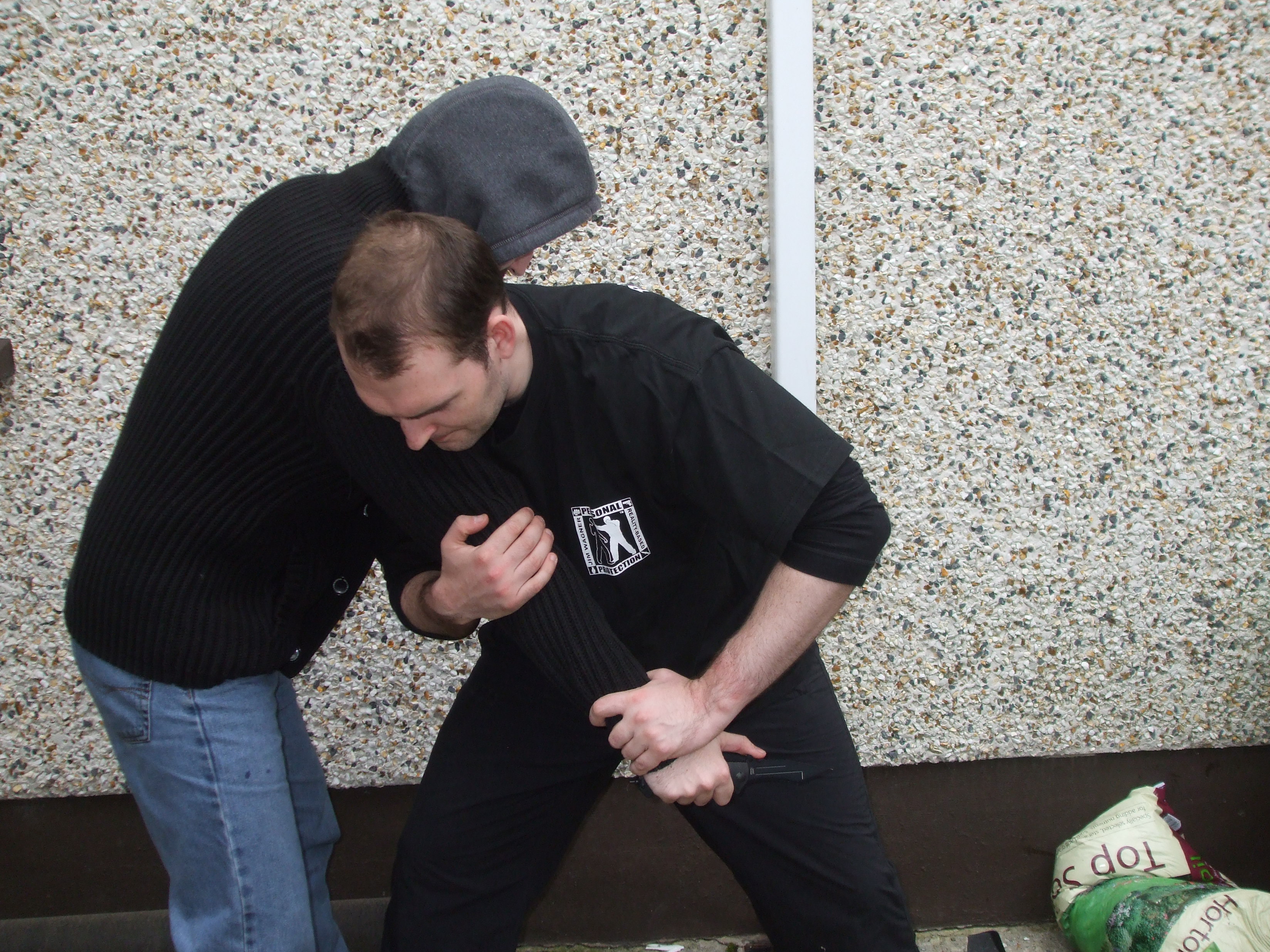
The moment you grip their arm you MUST close the distance. Even in close in a knife fight, to do serious damage the attacker needs space to thrust and slice the knife at you. So once you have the knife hand close the gap. Step in and press you body as close as possible to him, keep that knife arm against you. You may be cut from this, but it will be superficial rather than life threatening. As you do this the attacker’s natural reaction will be to pull away and get distance or hit you with his other hand. Move on to step 3 before he does this…
3. Take Down
If you’ve studied any grappling art, be it aikido, jujitsu, BJJ, Greco-Roman, or the Reality Based techniques I teach, then you’re skills and background will pay off here. You have the arm, you’ve closed distance, now take him down or at least knock him off balance. This can be a push, shove, trip, throw, drop, sweep – it doesn’t matter. The idea is to take him to the ground or off balance. My personal preference based on my experience is to shove my shoulder into his body and pivot. That’s it. Experiment and find yours. Once he’s down or off balance...
4. Escape
Once the attacker has lost balance or gone to the ground DISENGAGE immediately and escape. He will most likely still have the knife. Don’t grapple of wrestle him on the ground, you’ll lose. Don’t try and disarm him or remove the knife, you’re not Jason Bourne, and that only works in the movies. Once he’s off balance or on the ground run, and run fast. You should be able to complete all four steps in just seconds. Act with intent, your attacker won’t expect it, and you’ll be able to run to safety.
From the US Presidents Protection Team – to You
You may be thinking this technique seems overly simple, rough, and messy. I’ll be honest with you it is. But it is also by far the most effective way of preventing serious or life-threatening injury in a knife fight and will help increase the odds of your survival in the highly unlikely event that you will need it.
That’s precisely why it has been adopted by the British Police. That’s precisely why it has been taught to the United States Presidential Protection detail, to counter-terrorist units, to military to beat cops. It’s why I teach it to civilians. Because it works.
Remember you are statistically HIGHLY unlikely to be involved in a confrontation involving a knife. And if you are, or feel you might be, then you need to seriously look at your life, where you go, who you hang out with and why you feel that out of all the millions of people in the county, you may end up in such a unlikely situation that you are confronted by someone intending to do you harm and holding a knife.
With that said, I would encourage you to try this technique out, try the lipstick drill and see just how hard it is to deal with using conventional training. It may just open your eyes to the reality of a knife fight – and hammer home that you don’t want to be in one.
This is one of the most important techniques I ever teach. It is literally 4 steps that can save your life. You can learn more about this method and many others, including specific defences for a variety of knife attacks, from grabs and headlocks, to specific gang assaults and even some of the material I teach of counter terrorist units. You can get all this and more with my complete knife attack defence course for just $97 right now.
Samurai Strength Vol. 4 - Knife Combat & Defence
Samurai Strength Vol. 4 - Knife Combat & Defence, is perhaps one of the most important manuals I've written.
Based on my training with Elite special forces instructors and as a qualified instructor of reality based combat, this manual teaches; proven life saving techniques to defend against an attacker with a knife.
Teaching the same disarm and defensive techniques used by the current US military and Special Forces units, along with the detailed instruction on weapon deployment, the Use of Force, the legal system, hostage and terrorist situations and the only attacks, blocks, counters and drills you'll ever need.
Bonus material from US Navy Seal techniques, along with some historical samurai methods of knife combat.
Supported by 2 Info-graphics, 75 mins HD Streaming Video Instruction and a 1 hour 6 min Q&A HD Video.
You've been reading about the Jim Wagner Knife Disarm. Want the same system that teaches you more knife defence work and skills? Buy the course here

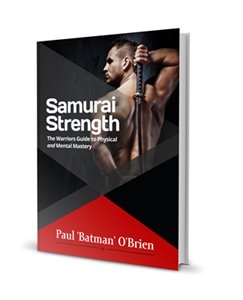
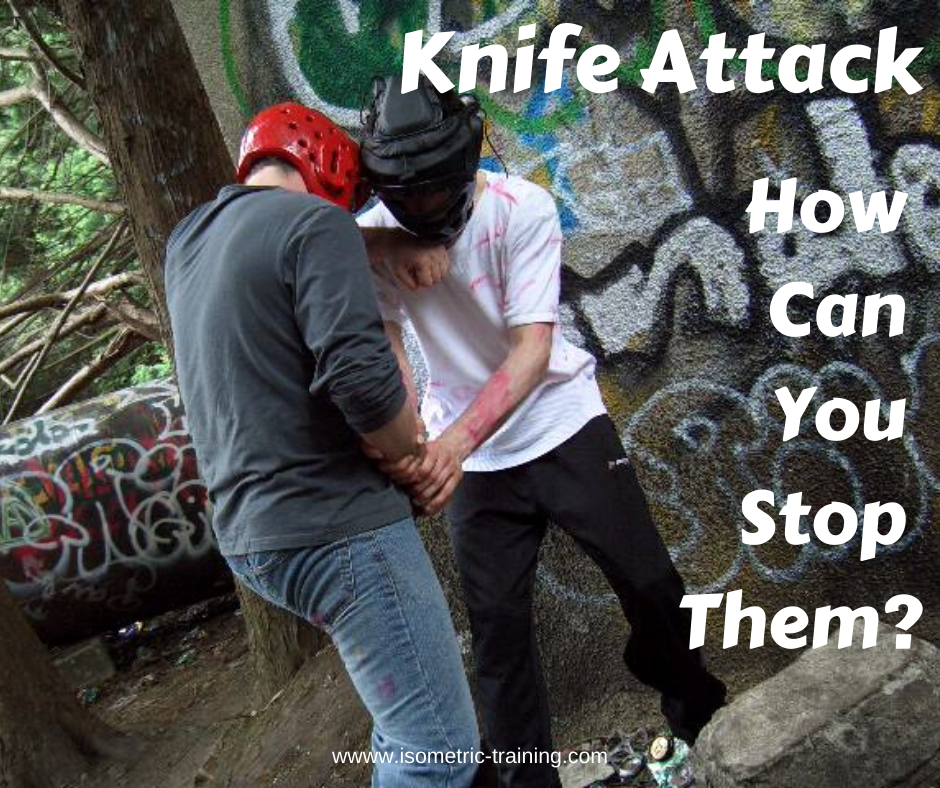
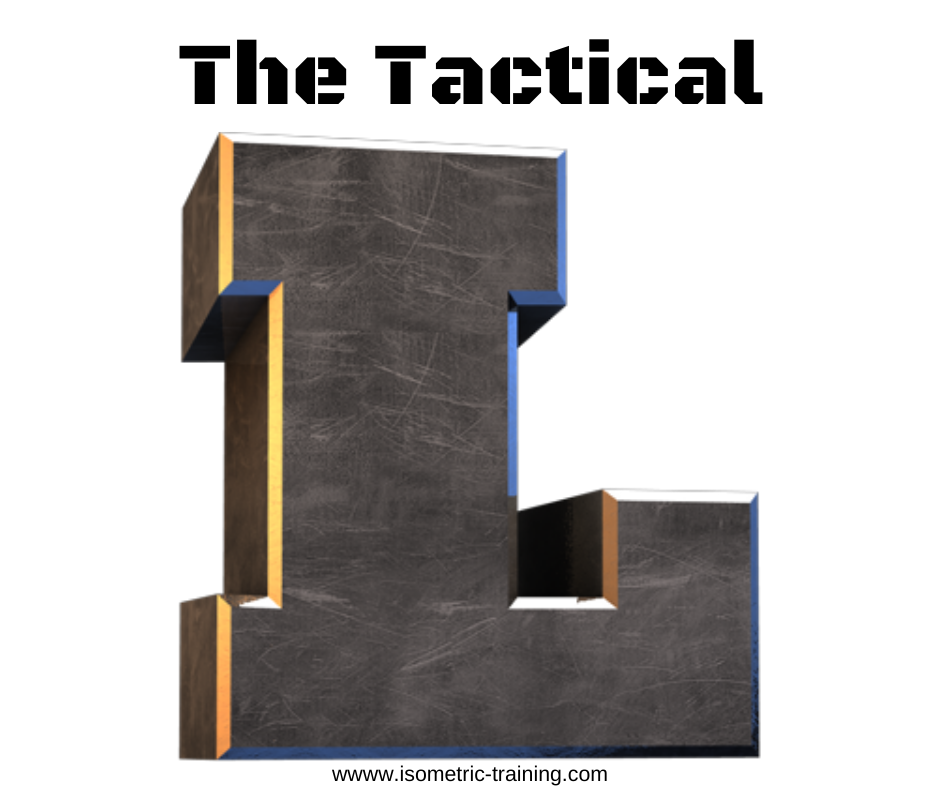








New! Comments
Have your say about what you just read! Leave me a comment in the box below.